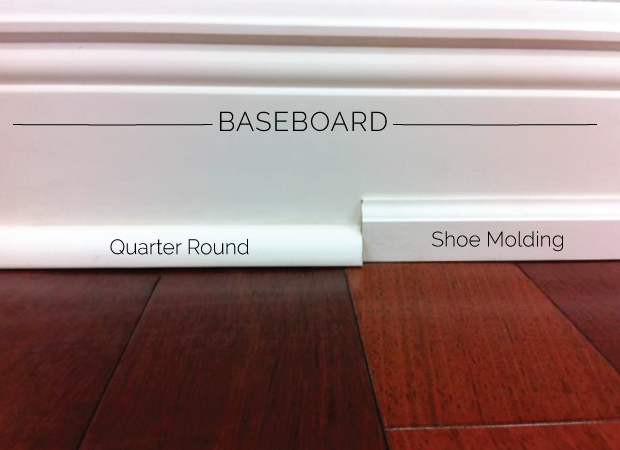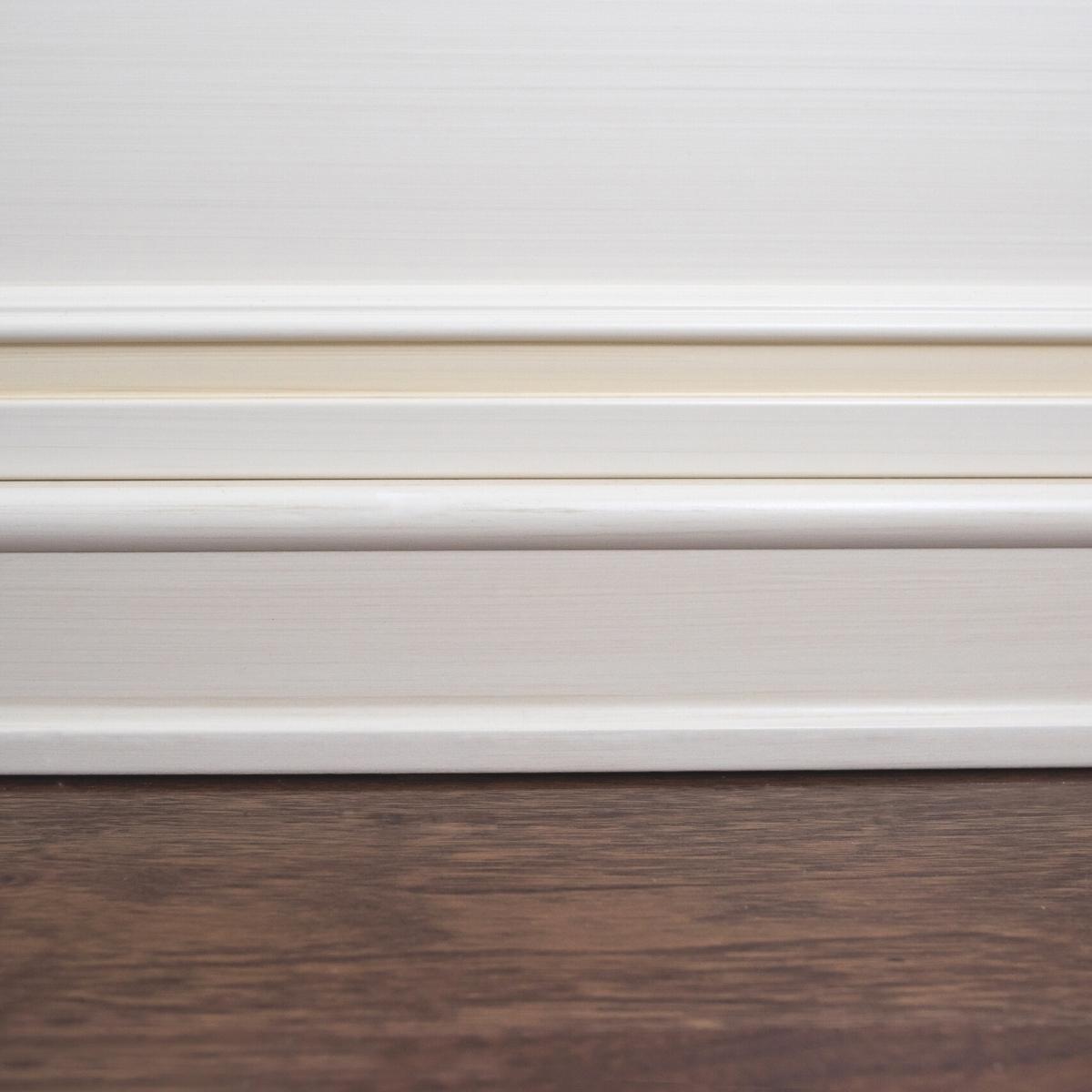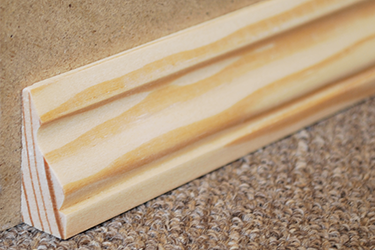Introduction to Decorative Shoe Molding
Decorative shoe molding, often overlooked in design choices, can dramatically enhance the aesthetic appeal of your home. Having installed it myself in my living room, I can attest to its ability to bridge the gap between your flooring and walls while adding a touch of elegance. In this comprehensive guide, we’ll explore everything you need to know about decorative shoe molding, including types, installation techniques, and maintenance tips.
What is Decorative Shoe Molding?
Shoe molding is a narrow strip of material, typically applied at the junction of the floor and the wall. It serves both functional and decorative purposes. It helps hide the expansion gaps that are often necessary for wood and laminate flooring, and it adds a polished finish to your space.
Types of Decorative Shoe Molding
Understanding the different types of shoe molding is crucial when deciding which style fits your home best. Here are the main types:
- Wood Shoe Molding: Classic and durable, wood shoe molding offers a timeless look.
- Composite Shoe Molding: Made from a mixture of wood fibers and plastics, this option is resistant to moisture.
- Vinyl Shoe Molding: An affordable and lightweight alternative, ideal for DIY projects.
- Flexible Shoe Molding: Perfect for curved and irregular surfaces.
Comparison Table of Shoe Molding Types
| Type | Material | Pros | Cons |
|---|---|---|---|
| Wood Shoe Molding | Solid Wood | Durable, classic look | Can warp in humid conditions |
| Composite Shoe Molding | Wood Fiber and Plastic | Moisture-resistant | Limited design options |
| Vinyl Shoe Molding | Vinyl | Cost-effective, lightweight | Less durable than wood |
| Flexible Shoe Molding | Plastic | Adapts to irregular shapes | Less traditional appearance |
Benefits of Installing Decorative Shoe Molding
There are numerous reasons to consider decorative shoe molding in your home renovation or construction project:
- Aesthetic Appeal: Adds a finishing touch to any room.
- Conceals Imperfections: Hides gaps and rough edges between flooring and walls.
- Protection: Helps protect the wall from scuffs and damage from furniture.
- Easy to Install: DIY-friendly for a quick home upgrade.

How to Choose the Right Decorative Shoe Molding
Selecting the correct shoe molding involves considering several factors:
1. Material
As discussed, the choice of material affects durability and aesthetic. For high-moisture areas, consider composite or vinyl.
2. Style
Choose a style that complements your home design, whether it’s modern, traditional, or rustic.

3. Color
Matching or contrasting colors can set the mood of a room. Experiment with samples before finalizing your decision.
Installation Process for Decorative Shoe Molding
Installing shoe molding can be a straightforward DIY project if you follow these steps:
Materials Needed
- Shoe molding
- Miter saw
- Crown molding nailer or brad nailer
- Wood glue
- Sandpaper
- Paint or stain (if needed)

Step-by-Step Installation Guide
- Measure Your Space: Measure the length of the walls where you’ll install the molding.
- Cut the Molding: Use a miter saw to cut the molding to the desired lengths, making 45-degree angles for corners.
- Test Fit: Always do a dry run to ensure everything fits properly before attaching.
- Attach the Molding: Use a nailer to secure the molding in place, starting from one corner.
- Fill Gaps: Use wood filler to conceal any gaps or nail holes.
- Finish: Sand and paint or stain as necessary for a polished look.
Maintenance Tips for Decorative Shoe Molding
To keep your shoe molding looking fresh and beautiful, follow these maintenance tips:
- Regular Cleaning: Wipe down with a damp cloth to remove dust and dirt.
- Inspect for Damage: Check periodically for any signs of wear or damage.
- Touch-Up Paint or Stain: Reapply as necessary to maintain a cohesive look.

Common Questions About Decorative Shoe Molding
What is the difference between shoe molding and baseboard?
Shoe molding is a smaller, decorative trim that is installed at the bottom of a wall where it meets the floor, while baseboards are larger and serve a more structural purpose in covering the lower portion of the wall.
Can I install shoe molding without nails?
It is possible to use adhesive for installation, but nails provide greater stability and durability over time.

Is shoe molding necessary?
While not a requirement, shoe molding enhances the overall finish of a room and conceals gaps that wood floors may require for expansion.
Conclusion
Decorative shoe molding is an excellent way to enhance the beauty and functionality of your home. From my personal experience, the difference it made was not just aesthetic but also in making the space feel complete. Whether you choose wood, vinyl, or composite, the right shoe molding can elevate your interiors and offer lasting benefits. Happy decorating!